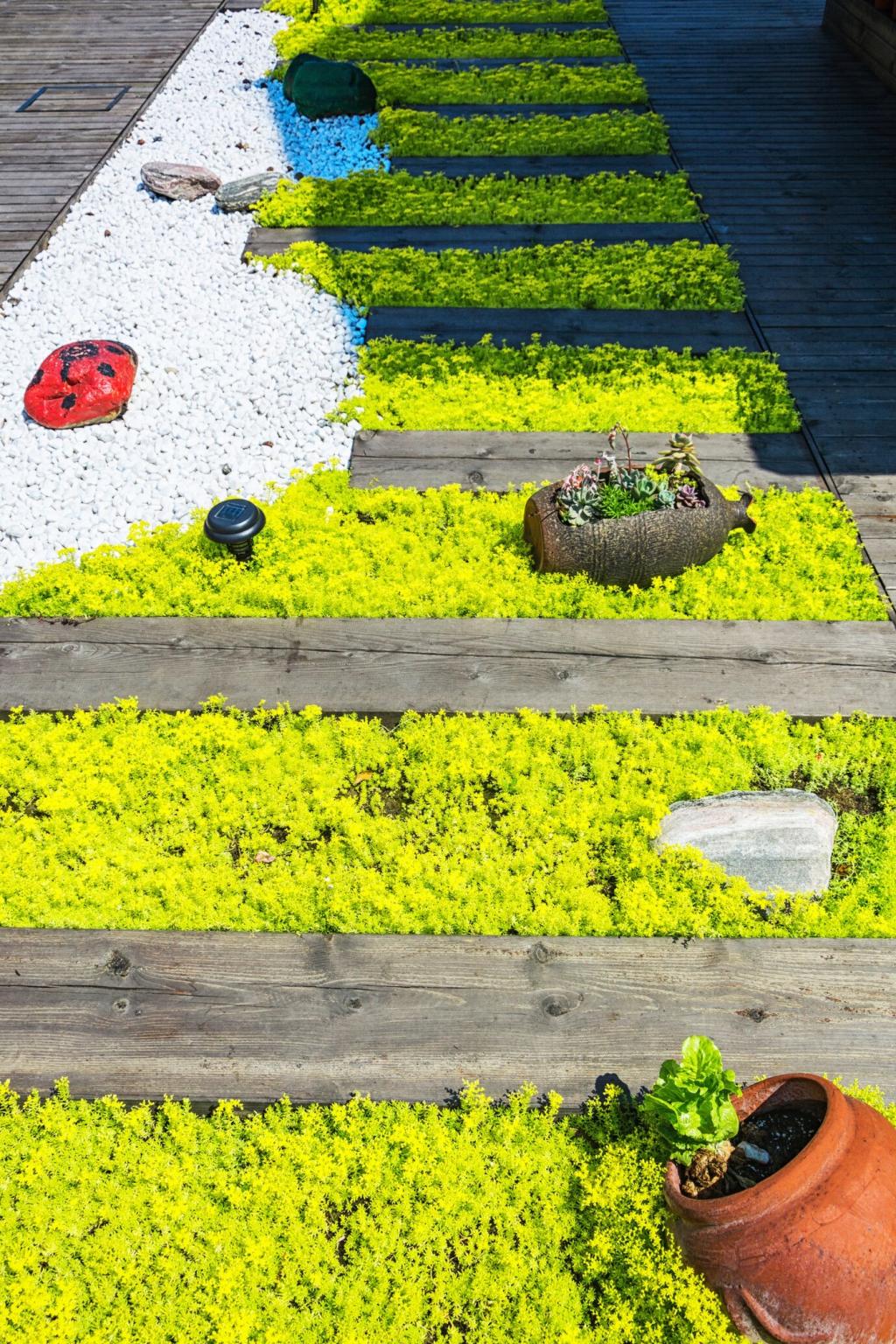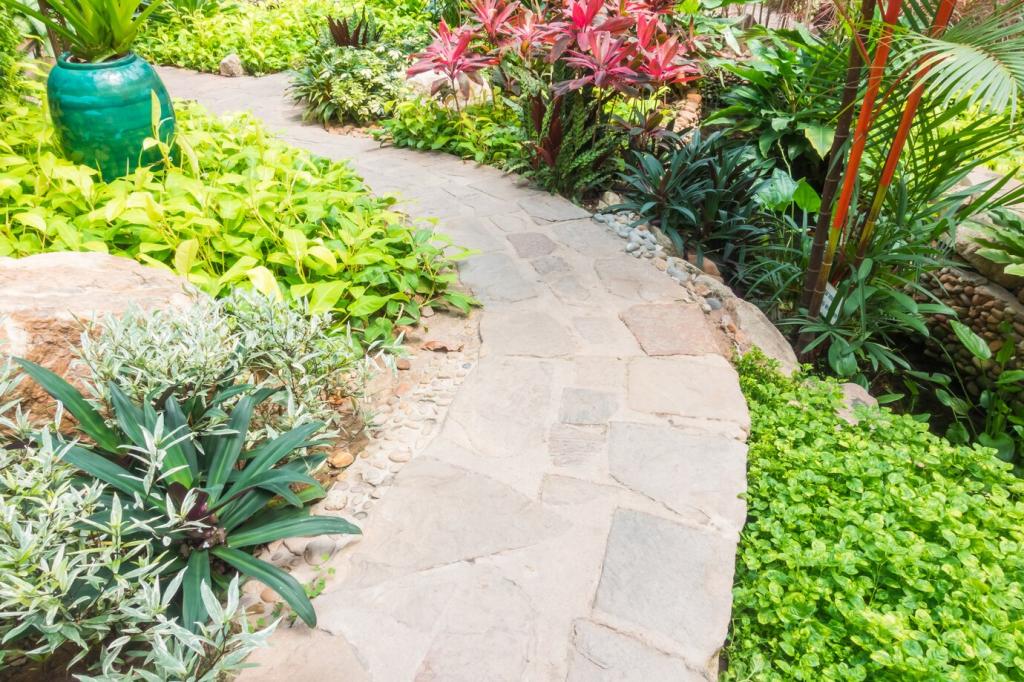Pollinators, Wildlife, and Your Community
Flowering mats feed bees, butterflies, and beneficial beetles. Leave some stems and leaf litter in quiet corners to shelter tiny allies that help balance pests and enrich the garden web naturally.
Pollinators, Wildlife, and Your Community
Moths and other night pollinators forage when we rest. Low, nectar‑rich plants guide them, while shallow water dishes and stones offer safe stops, turning evenings into a secret wildlife show.








